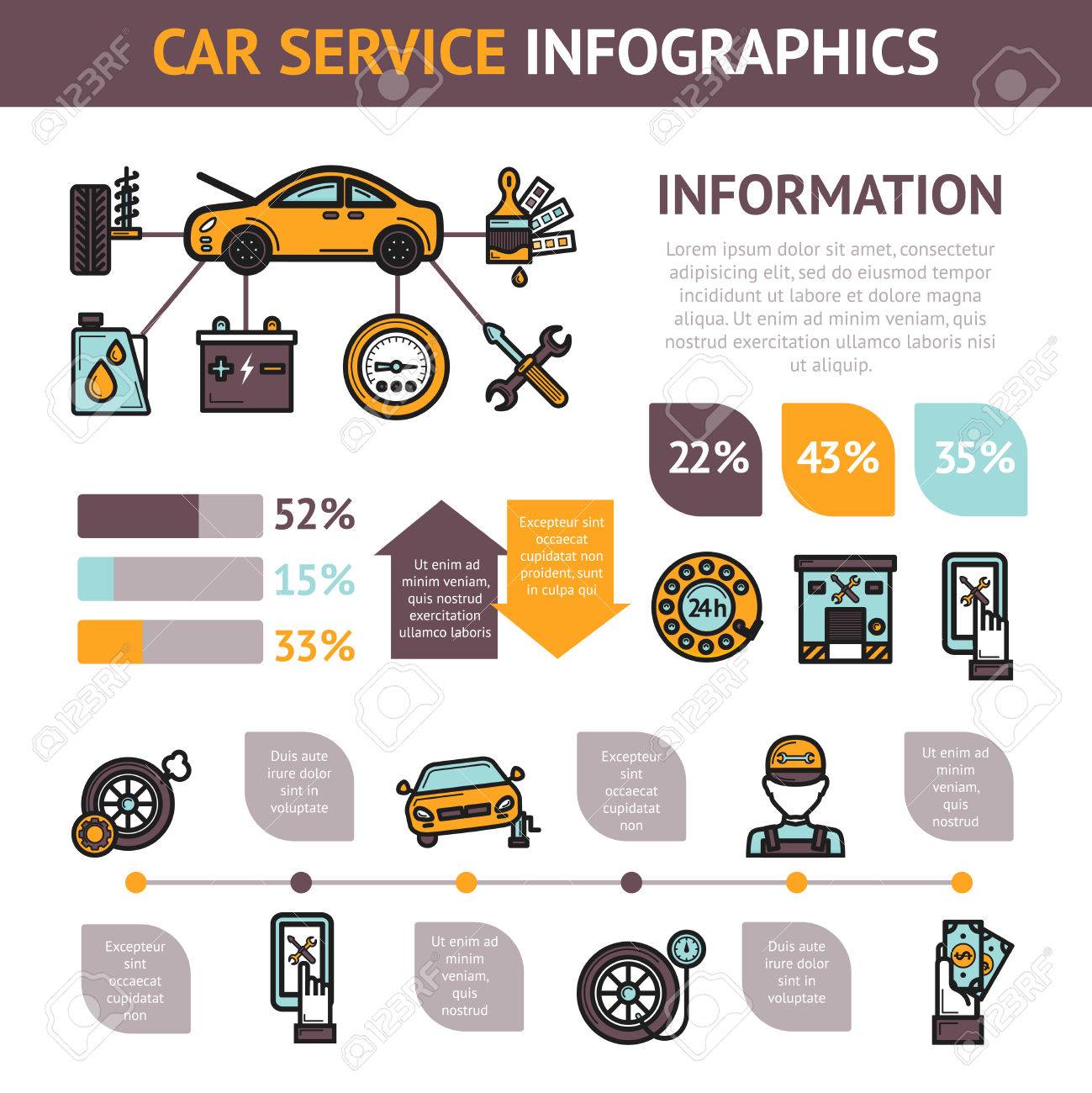Interpreting Your Car'S Alert Lighting: Their Real Effects
Interpreting Your Car'S Alert Lighting: Their Real Effects
Blog Article
Written By-Lim Shepherd
When you're behind the wheel, those beautiful caution lights on your dashboard can be a little bit complicated. Do you recognize what they're attempting to inform you about your car's health and wellness? Recognizing the importance of these lights is vital for your safety and security and the durability of your car. So, the following time among those lights turns up, would not you wish to analyze its message precisely and take the needed steps to address it?
Common Warning Lighting and Interpretations
Determine typical caution lights in your vehicle and comprehend their meanings to guarantee risk-free driving.
One of the most normal warning lights consist of the check engine light, which signals issues with the engine or exhausts system. If this light begins, it's critical to have your car examined quickly.
The oil stress alerting light shows reduced oil pressure, needing instant focus to prevent engine damage.
A blinking battery light could recommend a faulty charging system, potentially leaving you stranded if not resolved.
The tire pressure monitoring system (TPMS) light notifies you to reduced tire stress, impacting car security and gas efficiency. Overlooking this can bring about unsafe driving conditions.
The abdominal light indicates a trouble with the anti-lock braking system, endangering your capacity to stop promptly in emergencies.
Lastly, the coolant temperature level cautioning light warns of engine getting too hot, which can cause extreme damage otherwise settled swiftly.
Recognizing these common caution lights will aid you deal with concerns quickly and preserve risk-free driving conditions.
Relevance of Prompt Attention
Recognizing the usual warning lights in your automobile is only the initial step; the relevance of quickly addressing these cautions can't be stressed sufficient to guarantee your safety and security when driving.
When https://brakeservicenearme95172.topbloghub.com/36579481/really-feeling-unclear-regarding-which-vehicle-service-center-to-select-discover-valuable-pointers-from-experts-on-finding-trustworthy-solutions-in-your-area-that-will-certainly-help-you-really-feel-much-more-confident brightens on your control panel, it's your auto's way of communicating a possible problem that needs attention. Ignoring these warnings can result in a lot more serious problems later on, endangering your security and potentially costing you more in repairs.
Motivate interest to alerting lights can prevent break downs and crashes. For example, a blinking check engine light can suggest a misfire that, if left ignored, might trigger damages to the catalytic converter. Addressing this immediately can save you from a costly repair.
In a similar way, a brake system warning light could signal low brake liquid or used brake pads, crucial elements for your security when driving.
DIY Troubleshooting Tips
If you observe a warning light on your dashboard, there are a few do it yourself troubleshooting suggestions you can attempt prior to looking for professional help.
The very first step is to consult your auto's handbook to recognize what the particular caution light shows. Occasionally the concern can be as basic as a loose gas cap setting off the check engine light. Tightening up the gas cap might resolve the issue.
An additional common concern is a low battery, which can trigger various cautioning lights. Inspecting the battery links for rust and guaranteeing they're secure could take care of the problem.
If a caution light continues, you can try resetting it by disconnecting the vehicle's battery for a couple of mins and afterwards reconnecting it. Additionally, inspecting your automobile's fluid levels, such as oil, coolant, and brake liquid, can assist repair advising lights connected to these systems.
Conclusion
Finally, recognizing your car's warning lights is important for maintaining your automobile running efficiently and safely. By immediately addressing Recommended Looking at and understanding what they imply, you can prevent pricey fixings and possible breakdowns.
Bear in mind to consult your vehicle's manual for certain information on each cautioning light and take action accordingly to ensure a hassle-free driving experience.
Stay educated, stay safe on the road!
